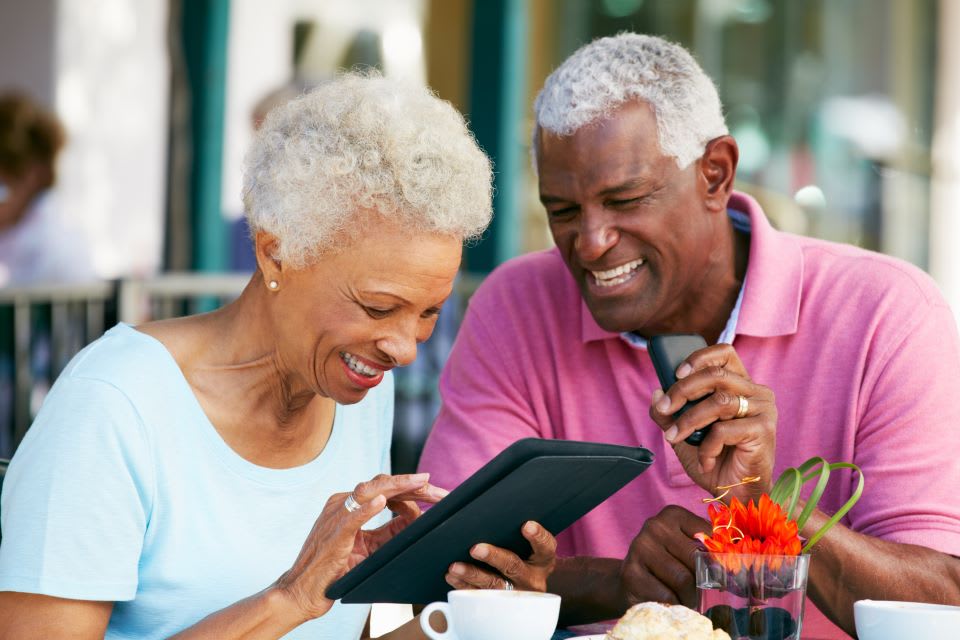
As the world population ages and people are living longer, there is a range of considerations that become apparent to effectively cater for the often-complex needs of the elderly generation. It is a fact that part of the aging process often involves reductions in mobility. This can be the result of muscle wastage and loss of tone due to a general reduction in activities and exercise.
A gradual reduction in mobility can raise safety issues with older adults who may be increasingly likely to experience slips, trips, or falls that can result in injuries and further loss of mobility. Safety products that are aimed at the nursing and care home markets can help to minimize the risk of accidents for elderly residents. This article describes three such products in detail and explains how they contribute to improved levels of safety for this age group.
Low profile beds
It can be a challenge for elderly residents to get in and out of conventional beds. The height of them also poses a direct risk of injury if the person were to fall out of bed during the night. A low profile bed is an excellent solution to this safety issue that seeks to minimize the risks and impacts of falls when an older person is in bed. Such beds are significantly lower off the ground, and, as a result, the act of getting in and out of bed is made much easier. Modern low profile beds can also be equipped with safety rails on each side which effectively prevent the person from accidentally rolling out of bed at night. It is a sobering fact that one in four senior people will experience a fall over the course of a year. Low profile beds effectively reduce the risk of falls and resultant injuries in the bedroom and are therefore considered essential equipment in nursing and care homes for a range of residents with reduced mobility.
Medical alert devices
Medical alert devices are often worn around the neck or on the wrist of older people. They can be used in a care home setting or in the patient’s own home and serve to alert staff or care providers to the fact that the elderly person is feeling unwell or has fallen or sustained an injury. In the case of falls, older people who reside in their own homes could be faced with the prospect of an extended wait before assistance comes without such a device. Medical alert devices have helped to minimize the risks of extended waits before help and assistance arrive and are now considered vital pieces of safety equipment for elderly people in a range of settings and personal circumstances.
Specialist mattresses
It is recognized that some elderly residents in a care or nursing home setting will have extremely low levels of mobility. This could be because of previously sustained injuries, low levels of general mobility, or as a result of chronic illnesses. Such residents may spend extended periods of time in bed because of this. In this situation, high-quality pressure mattresses can be installed in beds to reduce the risk of bed sores. Such mattresses are available in a range of designs that seek to minimize pressure on certain parts of the body and make pressure ulcers a far less common occurrence.



